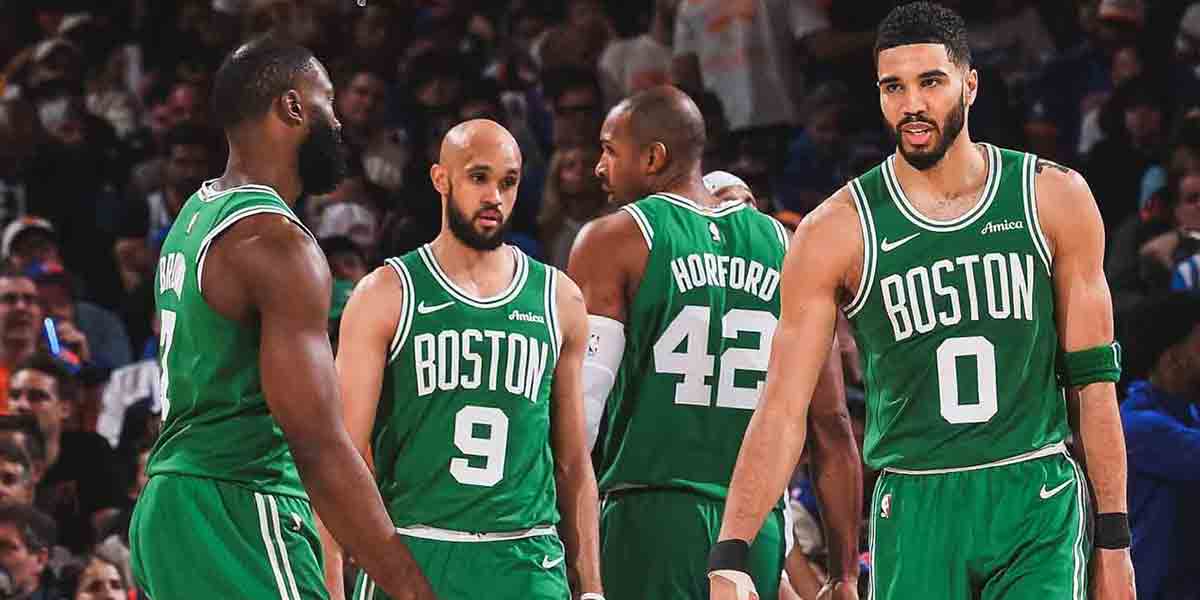 By Lcid Crescent D. Fernandez
By Lcid Crescent D. Fernandez
I’ve been sitting on this column for quite a while now as several people have asked me about a specific execution of advertising that has been gaining ground in Iloilo City: influencer marketing.
The logic is simple: social media is the fastest, cheapest, and most widespread platform with a basic algorithm that works off of engagements to increase reach. This means that an account that has a huge following would have content that appears to more people. So it makes sense that you plaster your logo or information on the account that has the largest following. Double down and then put it on their regular content that is sure to have the most engagements.
Now your ads are seen by the largest audience possible. Easy marketing.
But is it successful marketing?
This method of advertising isn’t new. It’s basically the same as a billboard with an endorser. The only difference is that it’s on social media. However, it leaves so much on the table. At the same time, the influencer is underutilized as their talents and creativity are not showcased in representing your brand.
The basic precept of marketing is that the consumer goes through 4 stages: Awareness, Interest, Desire, and Action. This method is one of the best at achieving the Awareness stage so it has its place in many campaigns. However, it must be used strategically. If not, it can damage your brand.
There is a basic assumption here: the engagements that the post gets equals the engagements of the ad. This thought process is flawed.
Let me give you an example: Assume you are a food delivery service and you engage a fitness influencer and a beauty influencer. They both post content that fits their niches and you place your logo and information on their photo. These posts will definitely get the reach and engagements they will usually get.
But were these engagements because of your ad or because of their usual content? This type of marketing places the focus on the influencer and the advertiser is just hoping it gets some of the attention. You just happen to be in the background. You get with your hard-earned advertising budget a possible “Oh andyan ka pala.”
Good job?
Let’s take a more drastic approach: you engage a media organization’s social media for your ads. This is common for the awareness stage of your campaigns because mass media always has the widest reach. However, you treat them like an influencer. Instead of fitspiration posts or beauty tips, you’re placing your ads and information on “Breaking News” templates because those always have the widest reach. Again it makes sense and, again, it leaves so much on the table. The main focus of this post is the breaking news and you’re just in the background. What’s more is that there is no predictability or control measure on your end to curate the content of the post.
What if it’s news about a horrible vehicular accident, and your ad is about food delivery service? People would then associate your brand with those accidents. What if the news is an update on COVID-19, and your business is a restaurant? You’ve just associated yourself with content that normally produces negative emotions.
This isn’t even the worst-case scenario as it’s become a common practice of some advertisers and media organizations in Iloilo.
So should we now stop placing ads on social media? Of course not. It just has to be done well. There is a place for these billboard-type advertisements on social media for awareness. In my professional opinion, however, Creator Marketing is far superior.
Creator Marketing still builds on the same fundamental concepts of Influencer Marketing in that you choose an account with a wide reach to place your ads. However, you work with that account to feature your brand in a manner that is in line with your own goals. You rely on the value of the content created rather than the simple reach of the influencer.
For example, you take the fitness influencer and beauty influencer. Have them review your products or do a product showcase of products related to their niche. Have them create content centered around your brand as compared to simply plastering your logo on content they already routinely provide. You communicate an actual message rather than just saying “Hey! I’m here! Please notice me senpai!” There’s actual interest generated, perhaps even desire enough to push your consumers to action.
Thus, they are no longer just influencers. They are now creators. The difference is in how we choose to work with them.
Another example is to enable that creator. In this way, not only is your brand promoted, you’re supporting a principle, a value that the creator’s audience appreciates. You’ve become the brand that enables that creator to provide his content to his audience. You can also support his advocacy and collaborate to enhance both platforms. You get your curated content and associate yourself with a good cause while he is able to continue providing his content for the audience. This relationship creates a synergistic effect.
A perfect (albeit self-serving) example with regard to media organizations is sponsoring COVID Convos, Daily Guardian’s weekly panel talk series. You’d be supporting the voices of the youth and intellectual discourse.
There are many ways you can tailor-fit your marketing approach on social media. There’s so much flexibility to amplify your brand through collaborations. I’m sure the creators would love to work with brands on how to creatively communicate those messages. From sponsored content to product showcases to features.
We leave so much creativity and impact on the table.
Create don’t hate!






















